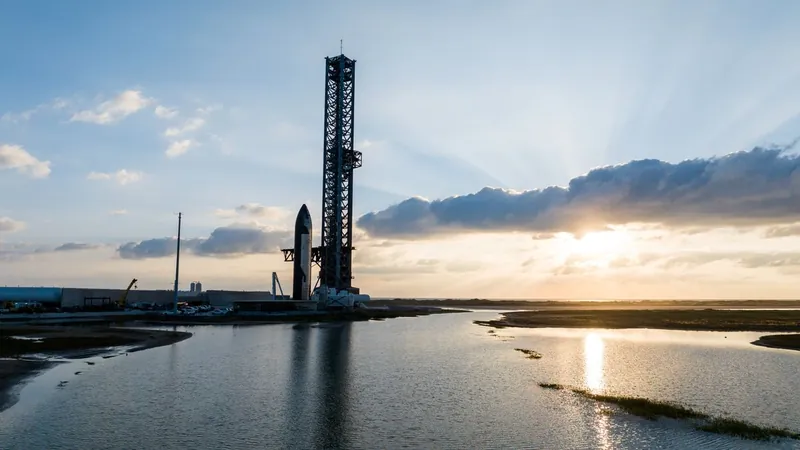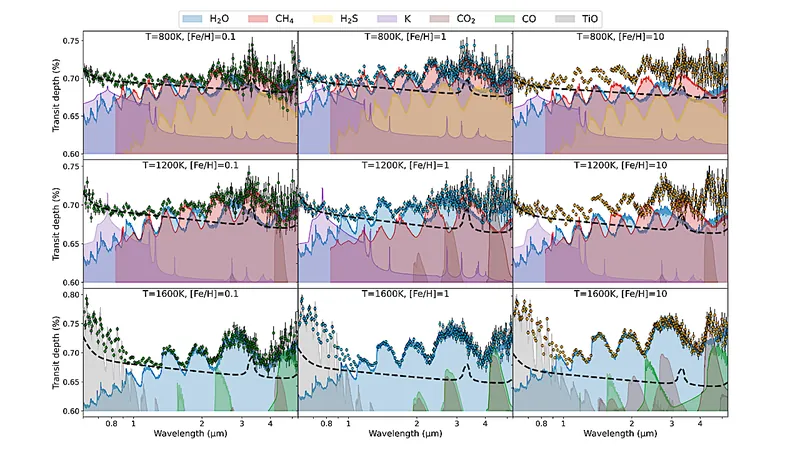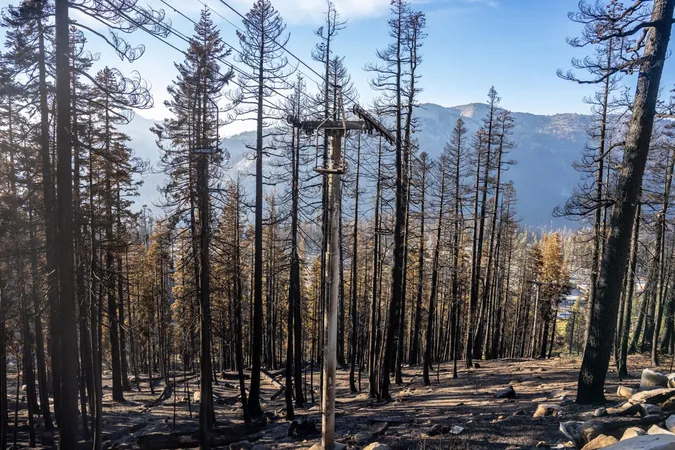
Where Did a Massive Chunk of Earth's Crust Go? Scientists Finally Have the Answer!
2024-11-13
Author: Emily
Introduction
Scientists have made a groundbreaking discovery, uncovering the location of a vast section of Earth's crust that had mysteriously disappeared from geological records.
Mystery of The Great Unconformity
Humans have long been intrigued by the enigmas of our planet, and advancements in technology, such as space imaging, have propelled our understanding further. One significant mystery that's baffled geologists for over a century is known as “The Great Unconformity,” which refers to the inexplicable absence of large sections of Earth's crust in the geological timeline.
The Role of Glacial Erosion
Recent research suggests that these missing pieces may be the result of catastrophic glacial erosion that occurred during a period known as “Snowball Earth,” which witnessed global ice coverage. This dramatic environmental shift led to gaps in our sedimentary record, where older rock layers were eroded away and subsequently covered by younger formations.
Historical Observations
The phenomenon was first identified in 1869 in the Grand Canyon, Arizona, where experts observed a rapid change in rock ages. This bizarre consistency of missing geological layers extended beyond the Grand Canyon, revealing a pattern replicated across various locations worldwide, hence earning it the name, The Great Unconformity.
Recent Findings by Dr. Brenhin Keller
A recent study conducted by Dr. Brenhin Keller from the Berkeley Geochronology Center noted that roughly 3-5 kilometers (2-3 miles) of rock has been stripped away on a global scale due to glacial activities. This loss was staggering—estimated at around one billion cubic kilometers (or 200 million cubic miles) of pre-Cambrian material that should have been present.
Erosion Activities in Pre-Cambrian Era
The findings indicate that erosion activity in the era preceding the Phanerozoic era was far more intense than previously understood. Preliminary evidence suggests that isotopes of hafnium and oxygen found in ancient crystals correspond to conditions consistent with erosion and deposition at cooler temperatures.
Implications for Asteroid Crater Distribution
Furthermore, the study’s theory also provides answers for the distribution of asteroid craters; it explains why there are numerous craters less than 700 million years old while only a couple date back further than that. Scientists argue that the glaciers that carved away these sedimentary rocks also transported them out to sea, potentially explaining their absence from our current geological framework.
Conclusion
As researchers continue to investigate this puzzling geological phenomenon, it raises further questions about the history of our planet and the events that have shaped its surface. Stay tuned as we delve deeper into the mysteries of Earth's crust!
Stay Informed
For those eager to stay informed about exciting geological discoveries and other fascinating news, sign up for our newsletter or join us on social media!









 Brasil (PT)
Brasil (PT)
 Canada (EN)
Canada (EN)
 Chile (ES)
Chile (ES)
 España (ES)
España (ES)
 France (FR)
France (FR)
 Hong Kong (EN)
Hong Kong (EN)
 Italia (IT)
Italia (IT)
 日本 (JA)
日本 (JA)
 Magyarország (HU)
Magyarország (HU)
 Norge (NO)
Norge (NO)
 Polska (PL)
Polska (PL)
 Schweiz (DE)
Schweiz (DE)
 Singapore (EN)
Singapore (EN)
 Sverige (SV)
Sverige (SV)
 Suomi (FI)
Suomi (FI)
 Türkiye (TR)
Türkiye (TR)